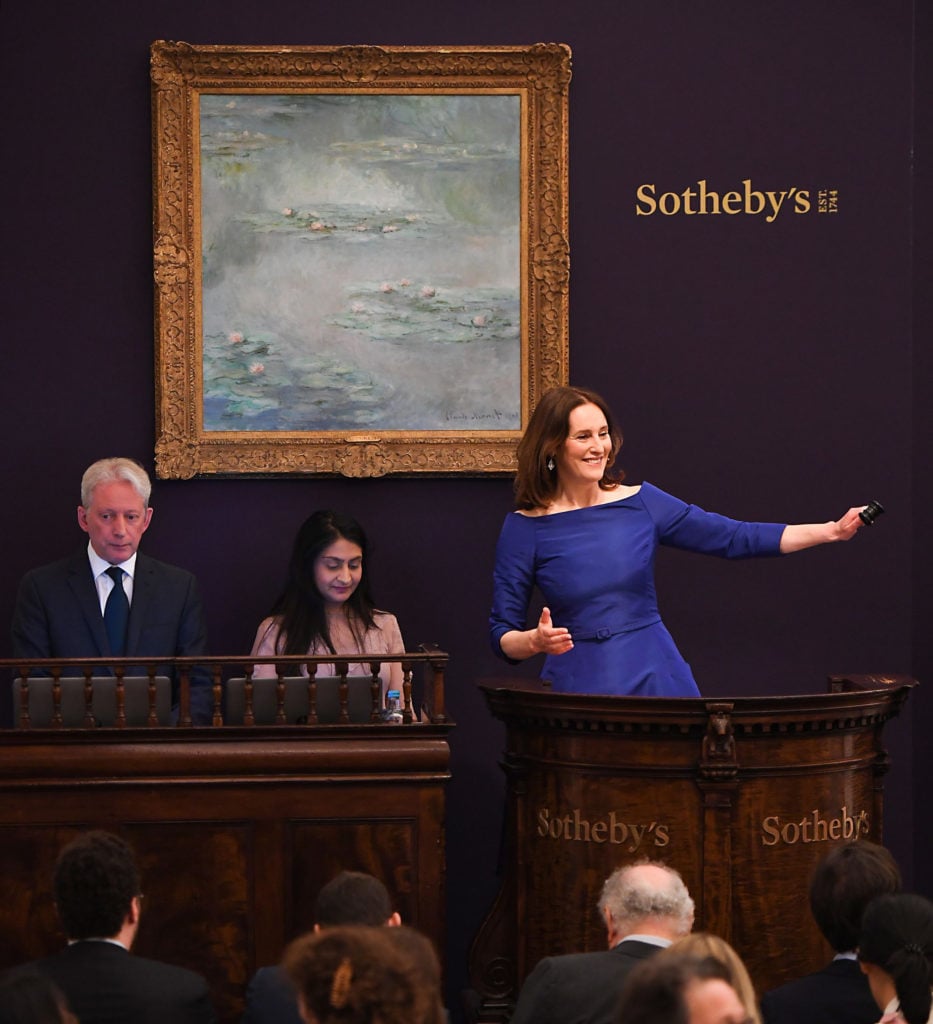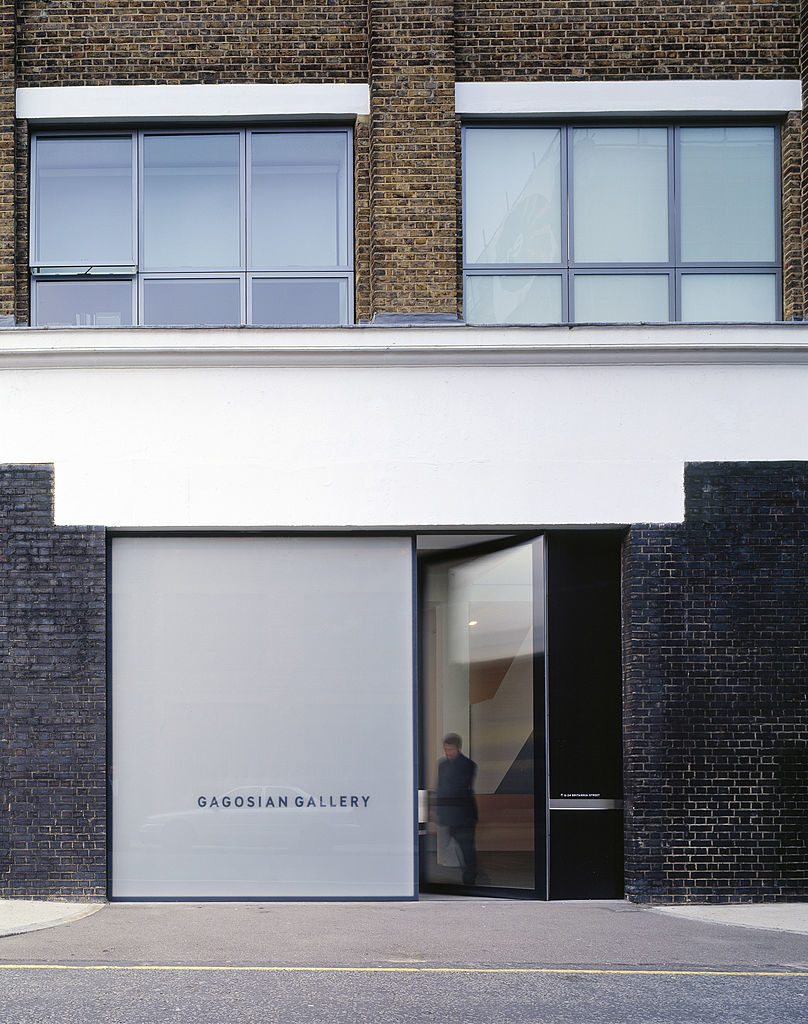Politics
Art Galleries and Auction Houses in the UK Will Be Allowed to Reopen at Limited Capacities Starting Next Month
Art trade associations have lobbied to ensure galleries will be included in phase two of Boris Johnson’s reopening plan.

Art trade associations have lobbied to ensure galleries will be included in phase two of Boris Johnson’s reopening plan.

Taylor Dafoe

Galleries and auction houses in the UK will likely be able to reopen starting June 1 as part of the second phase of British Prime Minster Boris Johnson’s plan to ease lockdown restrictions, according to a group of art trade associations.
Johnson’s plan, which was announced this weekend and shared in a full 60-page dossier Monday, does not specifically address small and midsize art organizations. But The Art Newspaper reports that the Society for London Art Dealers, the British Art Market Federation, and LAPADA, among other art trade associations, have received confirmation from the UK’s department for digital, culture, media and sport (DCMS) that galleries and auction houses will be considered “non-essential retail” and allowed to re-engage in some form of client-facing business starting next month.
This means that dealers and auction-house staff will be able to liaise with customers on private property, so long as appropriate social distancing measures are maintained. Museums and other large venues, however, will be part of the third phase, and not allowed to reopen before July 4, per TAN.
“The art market is a significant contributor to the UK economy and I am pleased that this has been recognized by the UK government with galleries and auction houses being included in phase 2 of easing the lockdown,” Freya Simms, the chief executive of LAPADA, a London-based association of art and antique dealers, told Artnet News. “This is a very welcome and important step and will help ease the much needed road to recovery in a market that has been on pause.”

Gagosian’s branch in London. (Photo By View Pictures/UIG via Getty Images)
Simms, along with the leaders of other trade associations, has been lobbying for galleries to be among the first businesses allowed to reopen.
However, she says, the industry still has a long way to go before recovery. “It is critical that we keep the dialogue open and assess when art and antiques fairs may look to safely reopen as these provide at least 50 percent of most gallery’s annual turnover,” she noted.
Exact rules for resuming business have not been announced, though the UK government did publish a set of general guidelines for “working safely” this week. It is likely that wearing masks inside galleries will become the new normal.
“Our prime objective is to get the wheels of commerce turning as quickly as possible,” BAMF chairman Anthony Browne told TAN. “If art businesses had the same strict social distancing requirements imposed upon them as we’re seeing with the essential businesses such as supermarkets, then the market could adopt them and get going much more quickly, even if they are onerous.”
Auction houses are unlikely to host crowded sales for some time, but the lifting of restrictions next month will allow some employees who were unable to work from home—photographers, cataloguers, conservators—to resume activity. (Looking ahead, the UK may take a cue from France, which last week permitted auctions to resume with a maximum of 10 attendees.)
Meanwhile, Simms notes, galleries and other individual businesses may adopt tactics to make their spaces safer upon reopening, including adding screens, hand-sanitizing stations, and door buzzers to front-of-house areas; ensuring back-of-house workers have the proper PPE; and only conducting business by appointment.
“In turn,” Simms said, “customers will be able see the works of art in person. That can make all the difference to a sale!”